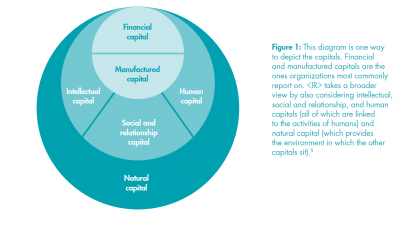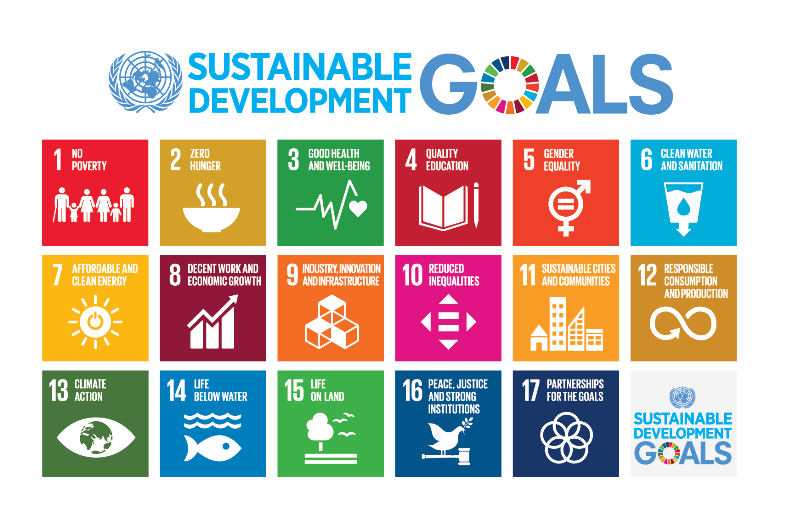Any organisation should be concerned about its sustainability. This is a core role of governance. Yet many organisations when setting strategy do so using outdated thinking and approaches. This article looks at some possible lenses through which to view your organisation in the context of the wider environment in which it operates.
Coping with disruption is a growing challenge faced by many, if not most, organisations. This disruption is coming from technology, new economic models, social, climate, legislative or other significant changes, or all of these plus more! As such, organisations need to continue to evolve. To do this well they also need to keep looking at new ways to scan their environment and look at sustainability and the bigger picture.
Tied to this is one of the greatest dangers we see with busy people; they are usually “too busy” to look up and out. As such they are much more at risk of getting hit by the change they never saw coming.
It is also useful to look at major trends for their related threats and opportunities. Remembering that a “threat” can be usefully defined as an “opportunity” you didn’t see coming!
Hence back to our topic of sustainability. A topic which is garnering increasing profile of late due to such things as the United Nation’s Sustainable Development Goals, increasing concern regarding climate change and extreme climate events and increasing focus on an organisation’s licence to operate. In a corporate context, sustainability is increasingly emerging as a component of corporate ethics in response to perceived public discontent over the long-term damage caused by a focus on short term profits.
Sustainability – what’s in a name?
Sustainability can be a loaded term. To many it conjures up purely environmental matters and saving the planet.
However, for organisational sustainability we suggest it is most useful to consider it in its broadest definition being “the ability for something to continue”. There is also the excellent definition of “meeting the needs of the present without compromising the ability of future generations to meet their needs.”
For any organisation to be truly sustainable it must balance the needs of today with the needs of tomorrow and further into the future. At a simple strategic pillar level, an organisation needs to balance its economic, environmental, and social pillars.
The term ESG (environmental, social, and governance) is another increasingly used term in capital markets for essentially the same thing. It is used by investors to evaluate corporate behaviour of companies alongside traditional financial measures in an attempt to determine future financial performance.
As a result of this we are seeing a rise in companies and other organisations, including charities and other not-for-profits, seeking alternative ways to report what they are doing and how. Communicating well with their stakeholders is becoming a significant part of ensuring your organisation has a continued licence to operate. Triple Bottom Line reporting was a concept a few years back. Now this has further evolved into the concepts of Extended External Reporting and Integrated Reporting (see our earlier article: https://www.rsm.global/newzealand/news/new-trends-financial-reporting-integrated-reporting). Much of this is based on the six capitals model, a concept kicked off by Jane Gleeson White in her 2014 book, Six Capitals.
Lenses to use for strategy
A key skill of good strategy setting is being alert to what’s happening in the wider environment that your organisation operates in, what special skills and attributes your organisation has, what is likely to change and the threats and opportunities for the organisation within that. Remembering that most innovation is driven from responding to new challenges and exploring what may be possible.
Using a framework or different lens to consider strategy can help engender wider considerations, new perspectives, and different views. This can then help organisations better respond to the key question of when to pivot, how much, and how?
Hence when you are next considering your strategy (and by the way; how regularly do you do that?), here are some useful lenses through which to look at your organisation:
Economic, Environmental and Social lens
This is probably the simplest strategic lens to view your organisation and its inputs, activities and outputs through. Essentially it is the 1990’s concept of Triple Bottom Line reporting of; people, planet and profits.
Six Capitals lens
These are best explained by the following diagram from the International Integrated Reporting Council:

 United Nations Sustainable Development Goals lens
United Nations Sustainable Development Goals lens
These are 17 goals that the New Zealand Government has signed up to work towards along with many other nations. As such we are likely to see more legislation and regulation from the Government seeking to motivate behavioural change in many of these areas. Increasingly these are being considered by big business in terms of threats and opportunities they present to them. It is worth noting that most organisations will find a few of these goals much more relevant as possible threats and opportunities to their operation than others. However, it is a useful to consider all to ensure that your organisation is thinking broadly. And also, to identify possible opportunities you may not have considered to date.
Helpful explanations and more detail on each of the goals can be found on the United Nations website: https://www.un.org/sustainabledevelopment/sustainable-development-goals

Summary
All organisations should be very concerned about their ongoing sustainability. Considering strategy regularly through a sustainability lens can be a way of successfully navigating a volatile, uncertain, chaotic and ambiguous future.
However, you also need to consider if those on your governance and senior management teams setting strategy have the ability to consider strategy in this wider sense. If not, you may need to reconsider who is involved and/or to seek external facilitation assistance.
The old adage may ring true - sometimes we get lost amongst the trees because we can’t see the forest.
